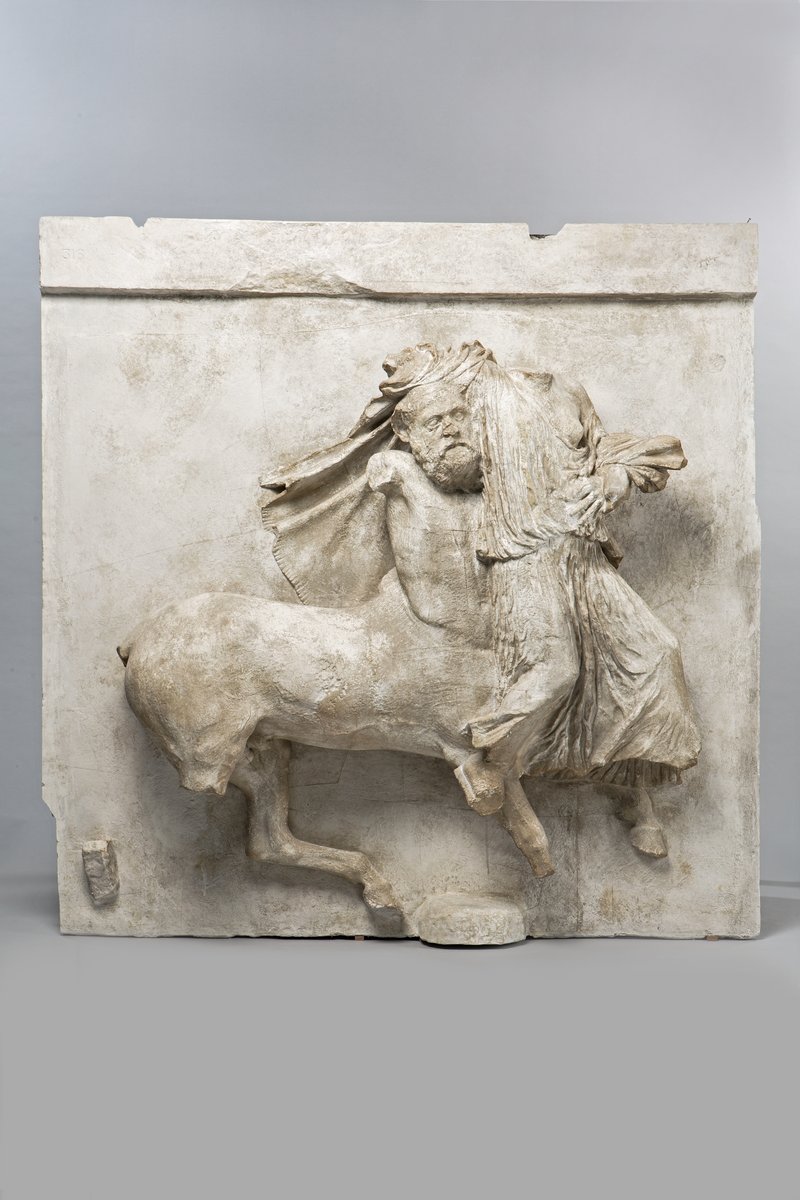
Classical Antiquites - Plaster casts
| Date | 2020 (plaster cast), 132 - 138 AD (original) |
|---|---|
| Object type | plaster cast |
| Medium, technique | plaster |
| Dimensions | 90 x 60 x 30 cm |
| Inventory number | Ag.324 |
| Collection | Classical Antiquites - Plaster casts |
| On view | Star Fortress (Komárom), Komárom – Brigetio (temporary exhibition), Limes Gallery |
The emperor is recognisable from his formal curls combed to the front and his short beard. Both features differ from the way his predecessors were represented. The beard, for instance, is characteristic of Greek portraits and is a reference to the emperor’s admiration of Greek culture (he was even given the nickname Graeculus, ‘Greekling’). His reign brought a cultural boom and a flourishing period of urbanisation in Pannonia. The iris and the pupil of the marble statue in the Vatican were carved and not painted; the curls were created with the use of a drill. Both sculptural innovations became widespread from the reign of Hadrian onwards. The marble bust was erected in the palace of Hadrian at Tibur; the emperor could encounter his own image.
The exhibited copy was made of the plaster cast displayed in the Savaria Museum, Szombathely in 2020.
Hekler, Antal, Az antik gipszgyűjtemény I-II., Budapest, 1919-1920, 1923, no. no. 418.
This record is subject to revision due to ongoing research.